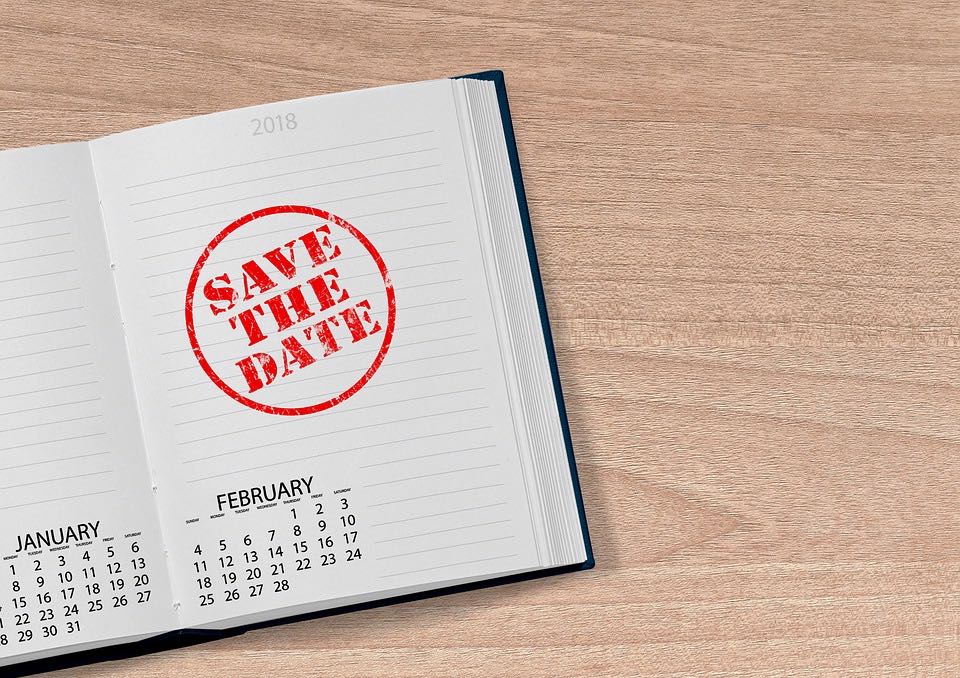
College application season has finally arrived! That means that students all over the nation are scrambling to take the SAT and put the final touches on their college applications. The SAT is a standardized test taken throughout the country for students pursuing higher education, it offers universities and colleges a glimpse of work ethic and where you are in terms of academics. Since college admissions are now more competitive than ever, it’s important that you stand out against other applicants with your SAT score. For seniors scrambling to improve their SAT scores before the deadline, or juniors simply starting the process, here are some tips that will help you as you prepare for the SAT.
Step 1: Understand the SAT
To cover the basics, the SAT is a timed test that has three sections; reading, writing, and math, with an optional essay. The questions get more difficult over the course of the test, so you can expect the easy ones to come first and the harder questions to come towards the end.
To get a sense of the SAT, you should register for the PSAT to help prepare you. However, there are free options of the PSAT available on The College Board’s website. When you take the test, take it seriously. Respect the time that is allotted and devote three full hours to take the PSAT. When taking the test, mark the answers you got wrong and then compare your score. Your score should give you a rough understanding of where you are.
This experience will also give you a sense of time, and you’ll gain a feel for what the SAT will look like. You won’t need to read questions because you already know what to expect from the SAT, giving you more time to read the material that matters. In addition, it’s proven that students who take practice tests and the PSAT have a better chance of getting a high score on the SAT.
Step 2: Set your goal
Prior to taking the SAT, you have to ask yourself, “What do I want to score?” The answer to this question will guide you in how much prep you should take. PrepScholar says as a general rule of thumb, you should give yourself at least two weeks of study time to get a general “good” score (a score around 1180).
If you are unsure of what score you want, research schools that you are interested in and find their average SAT score. Then use that score as a goal for yourself. If your GPA score is low, you should aim for a high score on the SAT. For example, the CSU system has requirements for admittance that sets the lowest score an applicant can have based on their GPA.
Although your score is only one part of your college application, it tells colleges who you are as a student, so it’s important that you aim for a score that’s at least average with your desired school’s student body. Once you score in that range, you’re good. Also consider that more and more schools are turning down people with top scores, and some universities don’t even require SAT scores. Elite schools like NYU and the University of Chicago are test-optional and test-flexible. However, this doesn’t mean you should skip the SAT. The SAT is required to get into most schools. Even if you don’t need your SAT, you will have to make it up in SAT II’s, APs, or other standardized tests. With that said, it’s safe to aim high, but not too high. There’s no need to overwork and aim for that perfect 1600, when you need a score of 1400.
Step 3: Plan accordingly
When you’re applying to schools in the middle of application season, you want to avoid taking the SAT multiple times. Study prep is time consuming, and it might even take time away from finishing your applications! If you plan accordingly and devote your time to taking the SAT once, you will get the best score possible. Another perk is that you will be done with the SAT!
Dedicate two to three months of study time for the SAT. Register for the SAT at a time that is appropriate for you and can allow you enough time to prepare. If you can only study for the SAT in the summer, choose a date that is in August or in October or if you need to get the dates before applications are due, pick a date that is in November or December. The key to picking convenient testing dates is choosing a date that will allow you to study enough before and a date where the test doesn’t intrude on any activities. Remember that the SAT is always on a Saturday and starts at 8 AM!

Step 4: Study, identify strategies, and retest
Since you’ve taken the PSAT and some practice tests, you can now study and reach your goal of a “good score.”
The main problem about the SAT that I’ve encountered is getting stuck on problems I don’t know the answer to, especially on the math section where understanding how to solve the question is crucial. To bypass this problem, you should train yourself on concepts that you don’t know, look unfamiliar, or just got wrong and find out efficient solutions that help you understand and solve the problem. Identifying your weaknesses and challenging yourself is pivotal in getting a good score on the SAT.
Identifying strategies that work for you also help ease your way into getting a good score for the SAT. For reading, there are two strategies that can help, one is skimming through the questions where you have the questions in mind while reading the passage and answer as you read, and the second is reading the passage first then looking at the questions. Figuring out what strategies work for you can help you work through the SAT with efficiency, as not everything works for everyone.
The College Board, Khan Academy, teachers, and tutoring services are all good resources to look into.
Once you start to understand the problems, work by yourself and get stronger on what you know, this will help you work faster and easier through the problems without many problems. Then do a practice test, and compare. If you’re prepping three months before, take a practice test every month, and compare your answers from the last. If you see growth, you’re doing something right. If you aren’t growing in your skills, you might want to consider identifying any patterns in what you’re getting wrong and learn how to correct them. Repeat the process till you don’t make the mistake again.

Step 5: Read every question
One of the most common mistakes students make when taking the SAT is misreading a question then marking the wrong answer. To prevent this, you should read the question fully to understand what the question is asking. The SAT is designed to trick you, so it will ask unfamiliar questions so you are prompted to bubble in the wrong answer.
In addition, reading the question before looking at the passage or the math problem directs you to look more in-depth at the question you are answering. This is especially important in the math section of the SAT; most questions are a two-step problem. They might ask you to plug in a number, then square it for your final answer, leading most people to just bubble in the answer that the first part. Reading the questions will help you avoid this.
Step 6: Don’t sweat it!
As stressful as the SAT may be, it’s important for you to not stress during the test. Eat well and get a good night’s rest in the days leading up to the big date. Eat a healthy breakfast the day of to make sure your brain functions properly.
If you feel uncomfortable, take a deep breath, count to ten, or stretch.
Step 7: Don’t look back!
When taking the SAT, make sure to be conscious of the time you have. Each question should take at most 1 minute to answer. With that said, if you get stuck on a question for more than 45 seconds, mark the best option and move on to the next question. You do not want to be stuck on a question figuring out the answer when you have more questions to answer.
If you are truly unsure of the question and in a struggle for time, mark an answer anyway! There are no penalties with the SAT and you have a 25% chance of getting the answer right. It is recommended that you only look back if you have an extra five or 10 minutes to check the answers. However, if time is an issue I recommend you to just keep going.

I hope that this advice will help you succeed on the SAT. Now that you know how to do and be your best during the test, it’s time you take it! Good luck with test prep and the SAT!